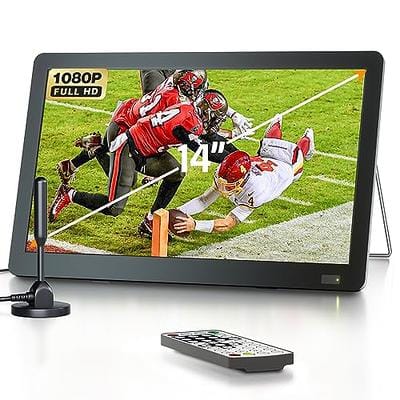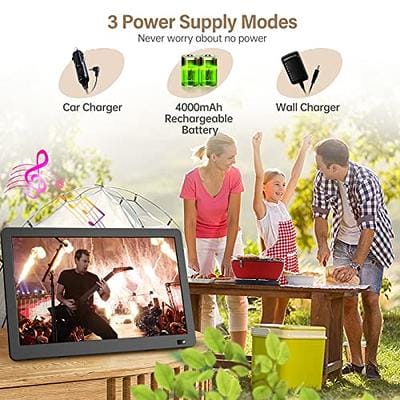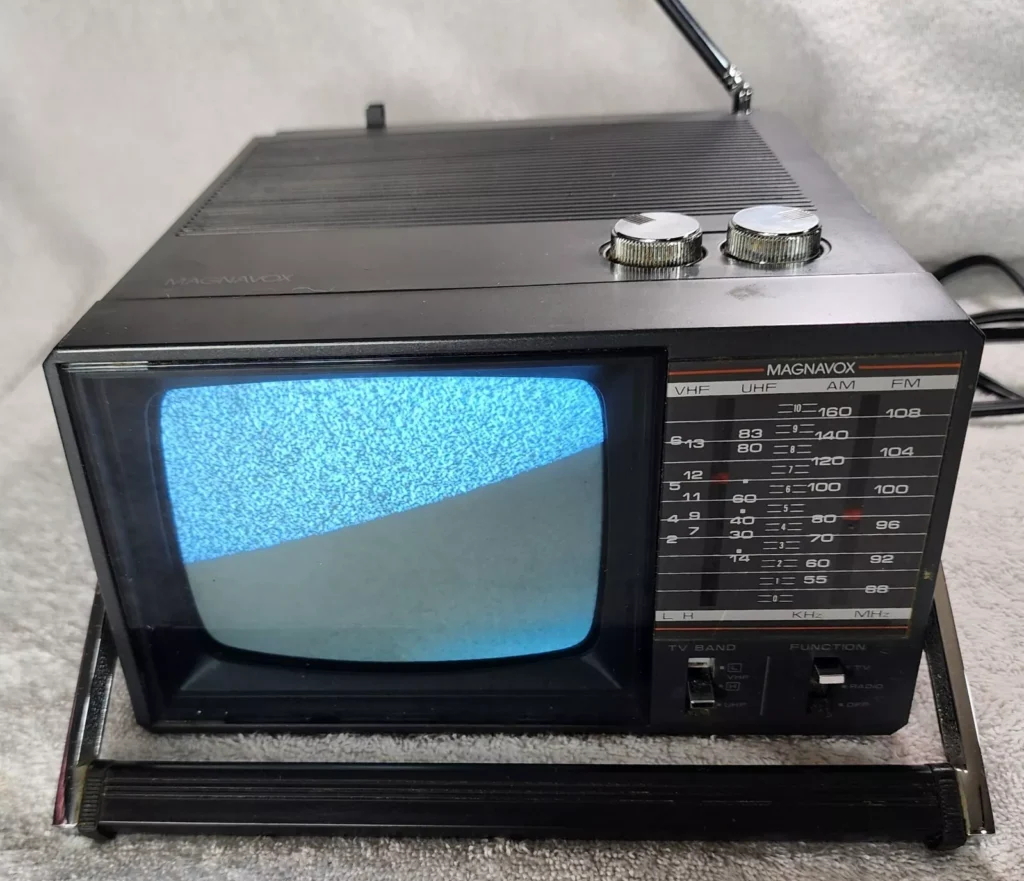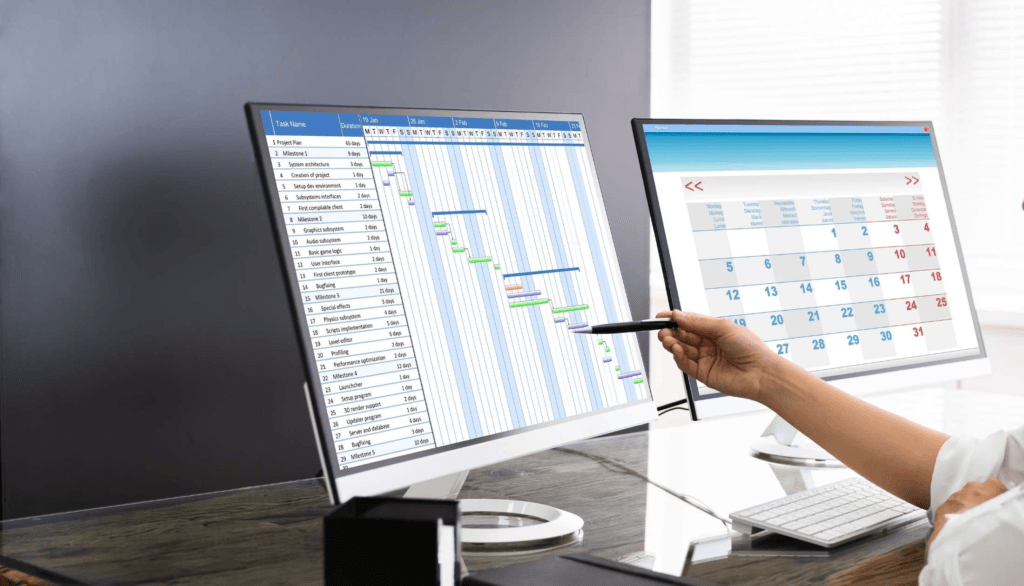In today’s world, portability and convenience are at the top of everyone’s list when it comes to technology. Whether you’re camping, traveling, or just lounging at home, having a portable TV gives you the flexibility to enjoy your favorite shows, movies, and sports anywhere. But what exactly makes a good portable TV? It’s not just about being lightweight and easy to carry; there are several key factors that determine whether a portable TV meets the mark in terms of quality, performance, and user experience.

In this blog, we will break down the essential features to look for in a good portable TV and help you decide which one best fits your lifestyle.
1. Portability and Size
As the name suggests, the most important aspect of a good portable TV is its portability. A good portable TV should be lightweight and compact, allowing you to easily carry it from one location to another. Whether you’re packing it into your car for a road trip or bringing it to a backyard BBQ, its size should be manageable without sacrificing screen quality.
Typically, portable TVs range from 10 to 24 inches, with smaller models being great for personal use and larger ones ideal for sharing with friends and family. You’ll need to consider where and how you plan to use the TV. If you’re planning to watch it while traveling, a smaller, lightweight model may be more appropriate, but if you want a portable TV to serve as a secondary screen at home, a larger size might suit you better.
2. Battery Life and Power Options
Battery life is another crucial feature that defines a good portable TV. Since the whole idea is to enjoy entertainment on the move, having a TV that can last several hours on a single charge is vital. Most portable TVs come with built-in rechargeable batteries, but their duration can vary greatly. A good battery life should provide at least 3 to 5 hours of continuous viewing.
Additionally, having multiple power options is a plus. The ability to switch between battery power, car charger, and standard AC plug ensures you can keep your TV running no matter where you are. When camping or in other off-grid situations, a DC adapter for charging via a vehicle can be incredibly useful.
3. Screen Resolution and Display Quality
When choosing a portable TV, screen quality is a top priority. A good portable TV should have a clear, crisp display that enhances your viewing experience. Resolution matters, especially if you plan to watch movies, sports, or high-quality content. The higher the resolution, the sharper the image will be.
Full HD (1080p) is ideal, but many smaller portable TVs offer HD (720p) displays, which are sufficient for their size. If you’re someone who values picture quality, you may want to invest in a Full HD or 4K portable TV for an immersive viewing experience, although 4K models are less common in the portable category.
4. Connectivity Options
In the modern era, connectivity is a crucial feature for any device, and portable TVs are no exception. A good portable TV should have a variety of connectivity options to accommodate different sources of content.
Some key connectivity features include:
- HDMI ports for connecting streaming devices, gaming consoles, or Blu-ray players.
- USB ports for plugging in USB drives loaded with movies, music, or other media.
- Wi-Fi capability for streaming from popular platforms like Netflix, Hulu, or YouTube directly on the TV.
- Bluetooth compatibility to connect wireless speakers or headphones.
These options make it easier to watch what you want, when you want, whether you’re streaming online or using offline sources.
5. Built-in Features: Speakers and Tuner
Good portable TVs come with built-in stereo speakers, but sound quality can vary from one model to another. While many portable TVs have decent built-in audio, others might require external speakers or headphones for optimal sound quality. Look for models with dual speakers or the option to connect to a sound system via Bluetooth for a better audio experience.
Another built-in feature that enhances a portable TV is a digital tuner. This allows you to pick up local TV channels without needing an external antenna. If you’re planning to use the TV in areas where broadcast signals are available, having a built-in tuner is incredibly convenient.
6. Durability and Build Quality
Since portable TVs are designed to be taken from place to place, durability is important. A good portable TV should have a sturdy build that can withstand travel, light knocks, and general wear and tear. Look for models that are made from durable materials like aluminum or high-quality plastic and offer protective carrying cases or stands to make transportation easier and safer.
Additionally, some portable TVs come with water-resistant or dust-proof features, making them suitable for outdoor use in various weather conditions.
7. Ease of Use and Setup
A good portable TV should also be easy to set up and use. It shouldn’t require complicated wiring or configuration each time you use it. Look for models with simple menus, easy-to-navigate controls, and fast setup options. The goal is to minimize the time spent configuring the TV so you can focus on enjoying your content.
Some portable TVs even come with pre-installed apps for streaming, making it even easier to start watching your favorite shows without having to connect additional devices.

8. Price vs. Features
When evaluating portable TVs, it’s essential to consider the price-to-feature ratio. A good portable TV doesn’t necessarily have to be the most expensive one on the market. Assess the features that matter most to you—whether it’s resolution, battery life, or connectivity—and choose a model that offers those features at a reasonable price point.
There are plenty of options available at different price ranges, so whether you’re on a budget or willing to invest in a premium model, you can find a portable TV that meets your needs.
Conclusion
A good portable TV combines the right balance of size, battery life, screen quality, connectivity, and durability. Depending on how and where you plan to use it, you may prioritize certain features over others. However, a well-rounded portable TV should be versatile enough to handle different viewing environments, from camping trips to home use.
When considering a new portable TV, make sure to evaluate factors like portability, display resolution, battery options, and connectivity features. If you’re looking for high-quality portable screens with smart features, consider Onext, We are known for its innovation and user -friendly products. Visit the Onext portable monitor to explore a series of first -class options.


